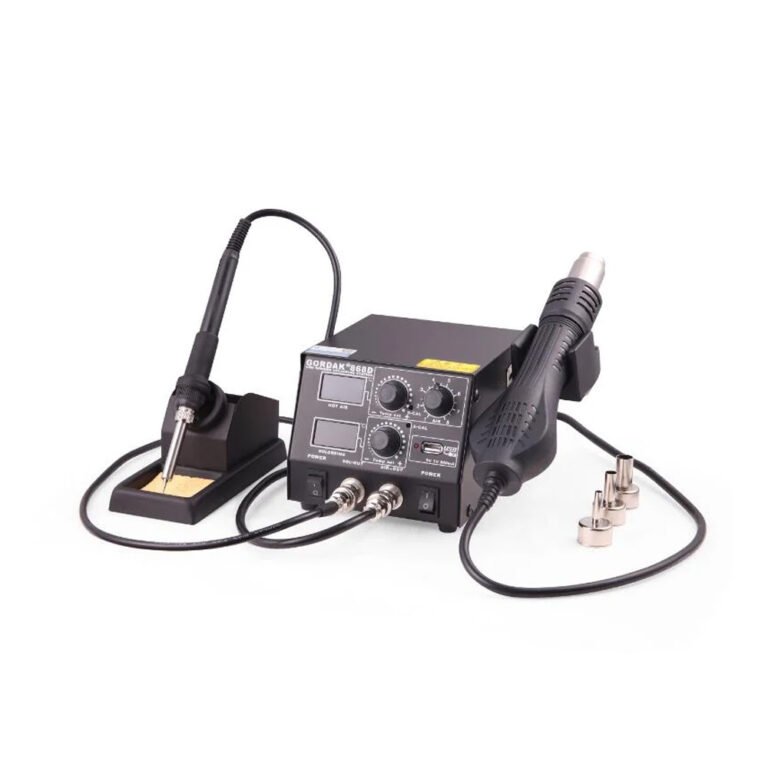Ball Grid Array (BGA) components are widely used in modern electronics due to their high pin count and compact size. However, repairing or replacing BGAs can be challenging because the solder balls are hidden underneath the component, making precise rework essential. This guide explains how to rework BGA components safely and effectively.
What Is BGA Rework?
BGA rework involves removing a faulty BGA chip from a PCB and replacing it with a new one while maintaining reliable electrical connections. Unlike traditional components, the solder joints are beneath the package, requiring specialized tools and techniques to avoid damage to the board or surrounding components.
Essential Tools for BGA Rework
- Hot Air Rework Station – Provides precise temperature and airflow control to melt solder without damaging nearby parts.
- Soldering Station – Useful for minor touch-ups or pre-tinning pads.
- BGA Stencil and Solder Paste – For accurate solder ball placement when installing a new chip.
- Tweezers and Vacuum Pick-Up Tools – For handling components safely.
- Magnifying Tools or Microscope – Necessary for inspecting solder joints under the BGA.
- PCB Holder or Third Hand Tool – Keeps the board stable during rework.
- ESD Protection – Wrist strap or mat to prevent electrostatic damage.

Step-by-Step BGA Rework Process
Step 1: Prepare the Workspace
- Work in a clean, well-lit, and ESD-safe environment.
- Gather all tools, replacement BGAs, and necessary materials.
Step 2: Preheat the PCB
- Preheating the PCB reduces thermal stress and helps avoid lifted pads.
- Use a hot plate or the hot air station to gradually heat the board to the recommended temperature.
Step 3: Remove the Faulty BGA
- Apply hot air evenly to the BGA until the solder balls melt.
- Carefully lift the component using tweezers or a vacuum pick-up tool.
Step 4: Clean the Pads
- Remove any remaining solder using solder wick or a solder sucker.
- Apply flux to the pads to improve solder wetting for the new component.
Step 5: Place the New BGA
- Align the new BGA accurately using tweezers or a pick-up tool.
- For fine-pitch BGAs, a stencil and solder paste may be required.
Step 6: Reflow the Solder
- Use the hot air rework station to reflow the solder balls evenly.
- Ensure proper temperature and airflow to achieve smooth, shiny joints.
Step 7: Inspect and Test
- Examine all solder joints with a microscope to detect bridges or cold joints.
- Test the circuit board for proper functionality after rework.
Tips for Successful BGA Rework
- Always use flux to improve solder flow and reduce oxidation.
- Work gradually, heating evenly to prevent board warping or component damage.
- Practice on scrap boards to improve your technique before handling critical components.
- Avoid excessive heat to preserve the integrity of the PCB and neighboring parts.
About GORDAK
Gordak is a leading manufacturer of soldering and rework equipment, providing high-quality, reliable, and innovative tools for electronics professionals worldwide. With over 30 years of industry experience, Gordak combines advanced technology, precise temperature control, and ESD-safe designs to meet the needs of SMD and through-hole soldering applications. Committed to excellence, Gordak offers affordable solutions, responsive customer support, and products trusted by clients across the globe.



